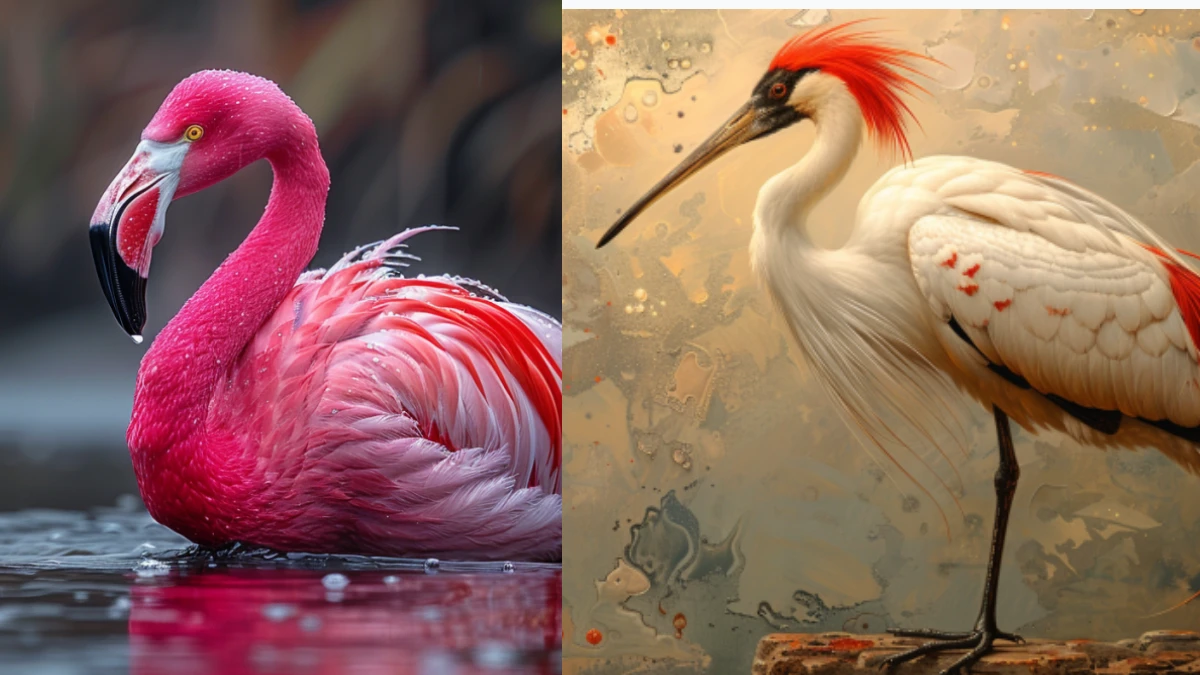Top 10 Animals with Long Neck
Some animals have developed exceptionally long necks, which gives them a distinct advantage in their natural habitats. A long neck is essential to their survival, whether it be for swimming effectively, reaching high vegetation, or screening for predators.
The biggest land mammal, the giraffe, and the elegant flamingo wading across wetlands are just two examples of how these creatures have fascinatingly adapted to their environments. They have a competitive advantage in the wild because of their long necks, which enable them to reach food sources that others cannot.
| Animal Name | Neck Dimension |
| Camel | Up to 6 feet (1.82 meters) |
| Longneck Eel | Varies (not specified) |
| Common Ostrich | Nearly 3 feet (1 meter) |
| Anhinga | Around 35 inches (89 cm) |
| Gerenuk | 80–105 cm (2 feet 7 inches – 3 feet 5 inches) |
| Vulture | Varies (not specified) |
| Jabiru | Up to 60 cm (24 inches) |
| Flamingo | Up to 4 feet (1.2 meters) |
| Anhinga | 40–45 cm (16–18 inches) |
| Alpaca | Up to 3 feet (1 meter) |
| Giraffe | 2–3 meters (6.5–9.8 feet) |
10. Camel
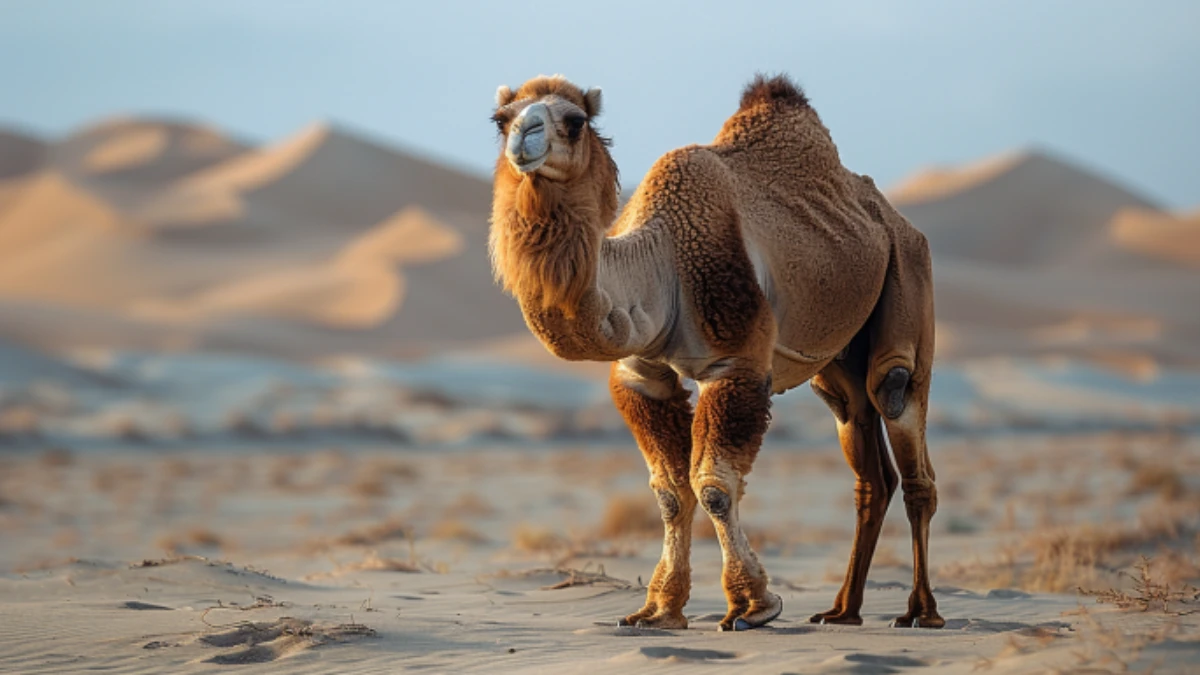
The dromedary camel is the tallest camel species, with a curved neck that can extend up to six feet (1.82 meters). This long neck is particularly useful for reaching ground vegetation, allowing the camel to graze efficiently in its desert habitat.
A close relative of the dromedary, the domesticated llama, has a neck averaging about four feet (1.21 meters) in length. This feature helps llamas in their natural environments, enabling them to forage on a variety of plants while maintaining a good range of vision to spot potential threats.
9. Longneck Eel
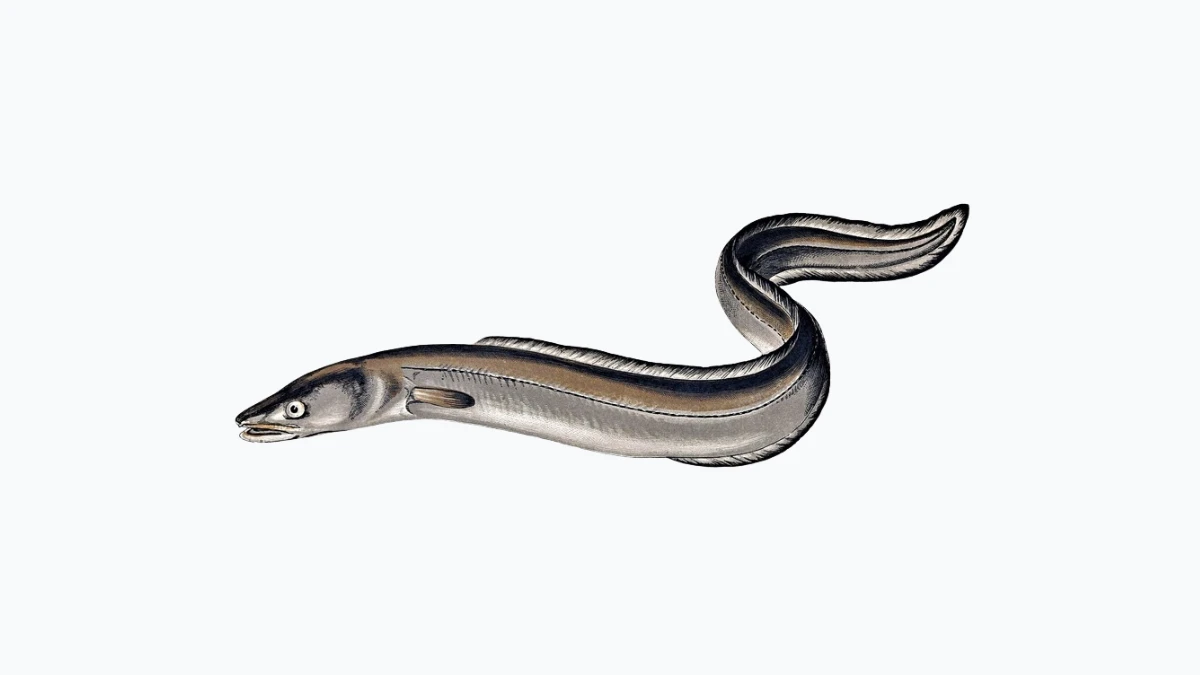
Longneck eels, sometimes known as neck eels, are pelagic fishes that inhabit the intermediate and deeper regions of most seas. They are members of the Derichthyidae family. Their name comes from the Greek words "ichthys" (fish) and "deres" (neck).
Because of their sensory system, which helps them sense movement and vibrations in the water, these eels can be identified by the stripes on their heads.
Even though they share this trait in common, the two genera of the Derichthyidae family look very different.
8. Common Ostrich
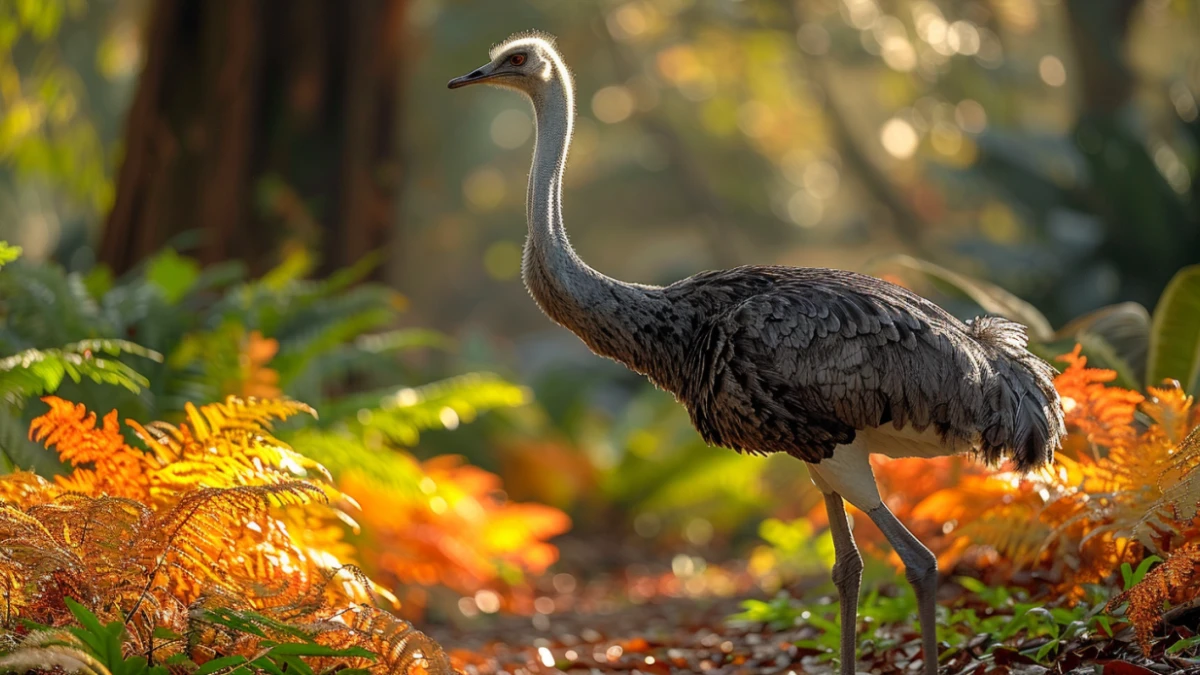
The common ostrich is the largest bird species, and its long neck can stretch nearly three feet (one meter), giving it an excellent range of vision to spot potential threats. This adaptation helps the ostrich stay alert in its open habitat.
The anhinga, also known as the darter or snakebird, has a neck measuring around 35 inches (89 cm). Its long, flexible neck allows it to swiftly catch fish underwater, making it an efficient hunter in aquatic environments.
7. Gerenuk
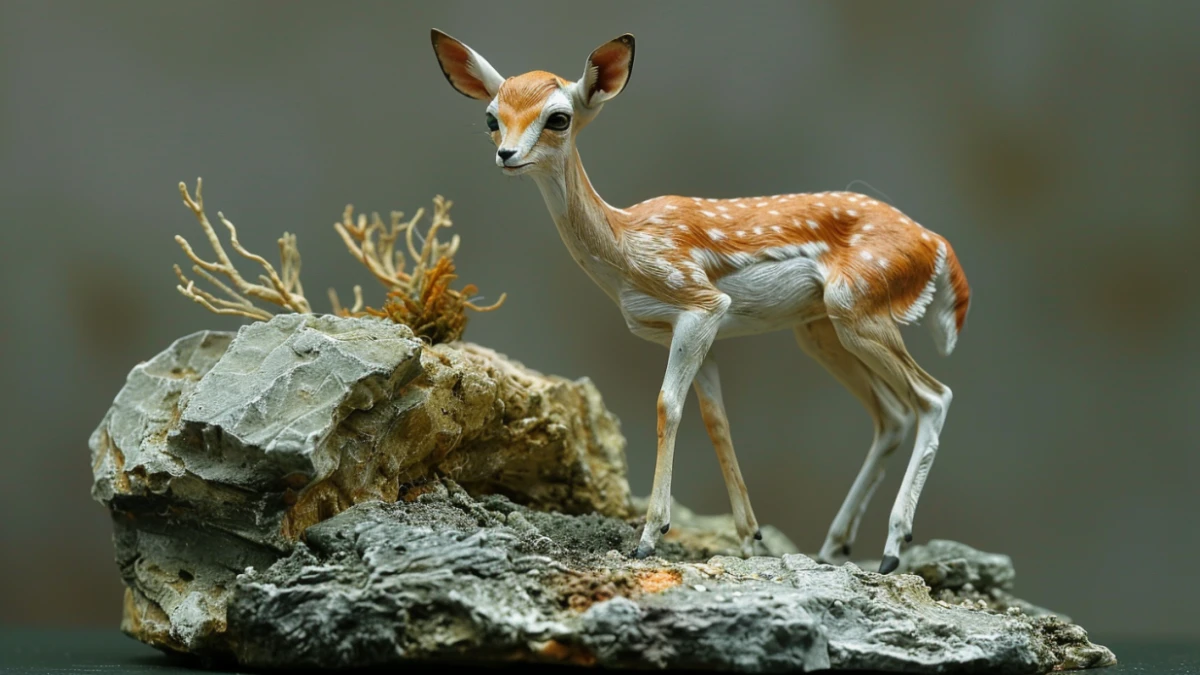
The giraffe gazelle, or gerenuk (Litocranius walleri), is a medium-sized, long-necked antelope that is indigenous to East Africa. It was initially described by naturalist Victor Brooke in 1879 and is the sole member of the genus Litocranius. This antelope can nibble leaves from high branches that other antelopes cannot reach because of its long, slender neck and limbs.
The gerenuk weighs between 18 and 52 kg (40 and 115 pounds) and has a height of 80 to 105 cm (2 feet 7 inches to 3 feet 5 inches). Because of its special characteristics, it thrives in dry, arid environments where it can receive moisture from the plants it eats, lowering its water requirements.
6. Vulture

The main food source for vultures, which are raptors, is carrion, or dead animals. Vultures are classified into two major categories, with 23 species currently in existence. The 16 species of Old World vultures are distributed throughout Europe, Africa, and Asia. They are members of the Accipitridae family, which also includes hawks and eagles.
The seven species of New World vultures, which are found in both North and South America, are members of the Cathartidae family, which also contains well-known birds like the California condor and Andean condor. By clearing away carcasses, halting the spread of disease, and preserving ecosystem balance, vultures play an essential ecological role.
5. Jabiru
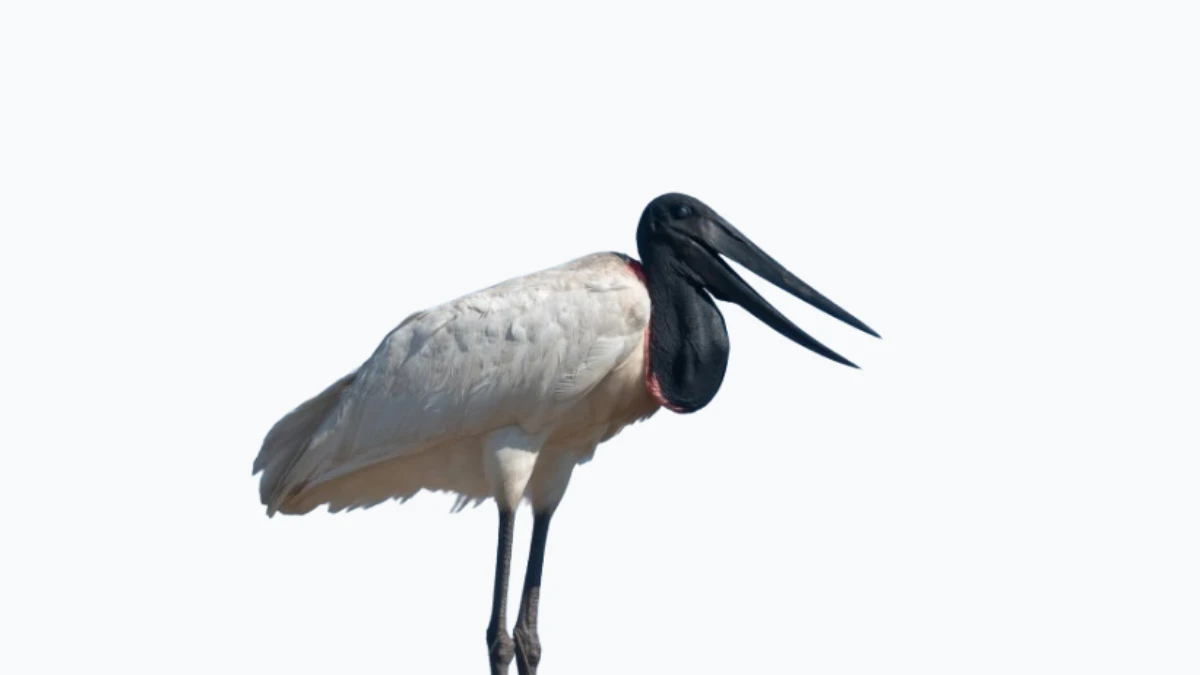
Large wading birds like the Jabiru are distinguished by their long necks, which can grow up to 60 centimeters (24 inches) in length. It can pursue fish and other aquatic animals in shallow waters thanks to this unique adaption.
The Jabiru is a very effective predator in wetland habitats because of its long neck, which allows it to forage in places that other birds cannot.
4. Flamingo
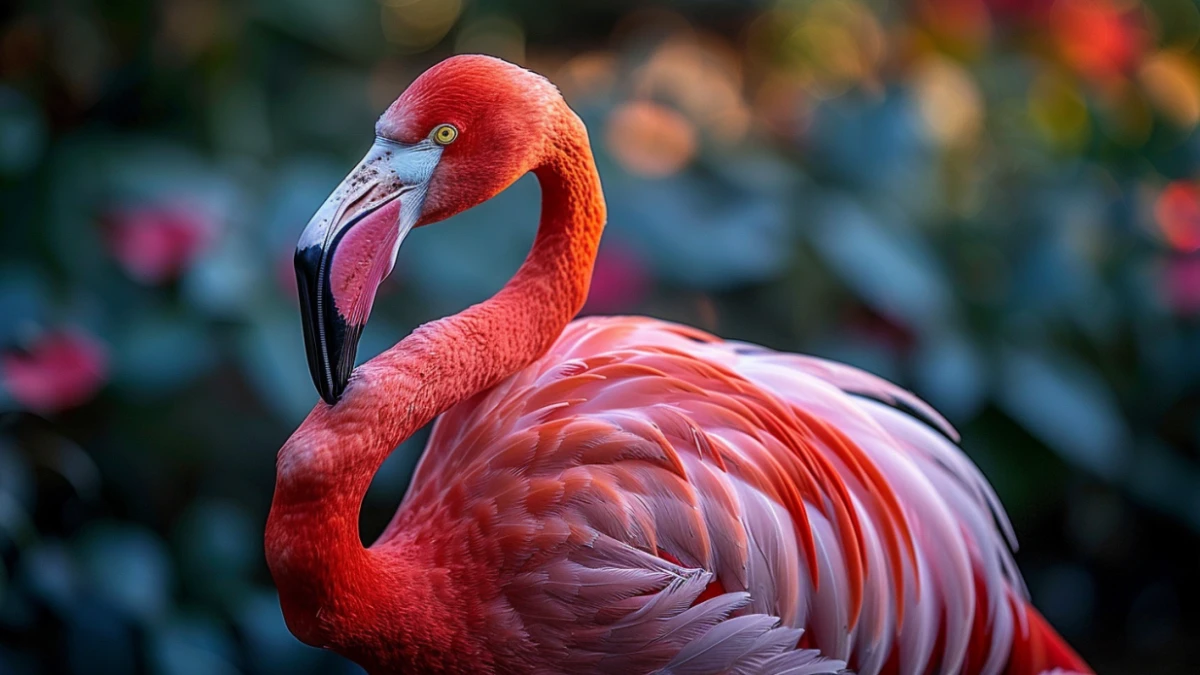
The flamingo can soar up to 4 feet (1.2 meters) above the water's surface thanks to its characteristically long neck. The flamingo is ideally suited to its wetland habitat because of its long neck, which allows it to graze on algae and tiny aquatic creatures that grow on and beneath the water's surface.
3. Anhinga
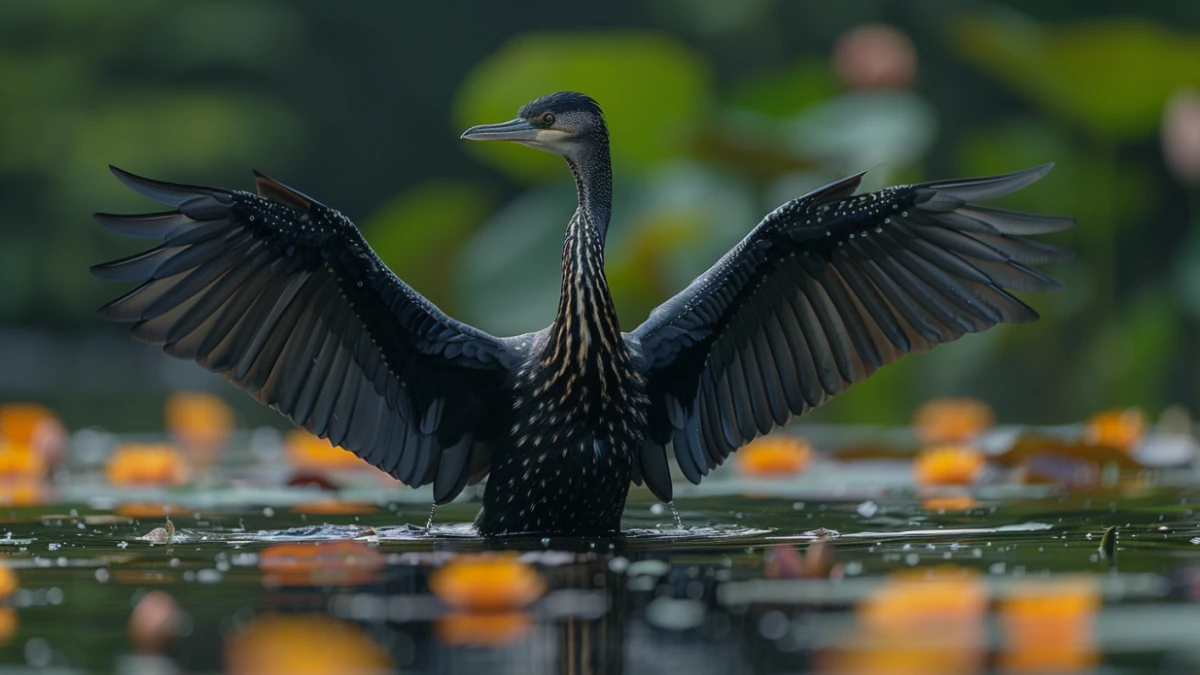
Native to Central and South America, the anhinga is a big waterbird known for its distinctive swimming style and diving prowess. Its neck is lengthy and snake-like, reaching lengths of 40–45 cm (16–18 inches).
Because of this adaption, the anhinga can swim with its body submerged while maintaining an above-water head and neck to effectively breathe and detect prey.
2. Alpaca
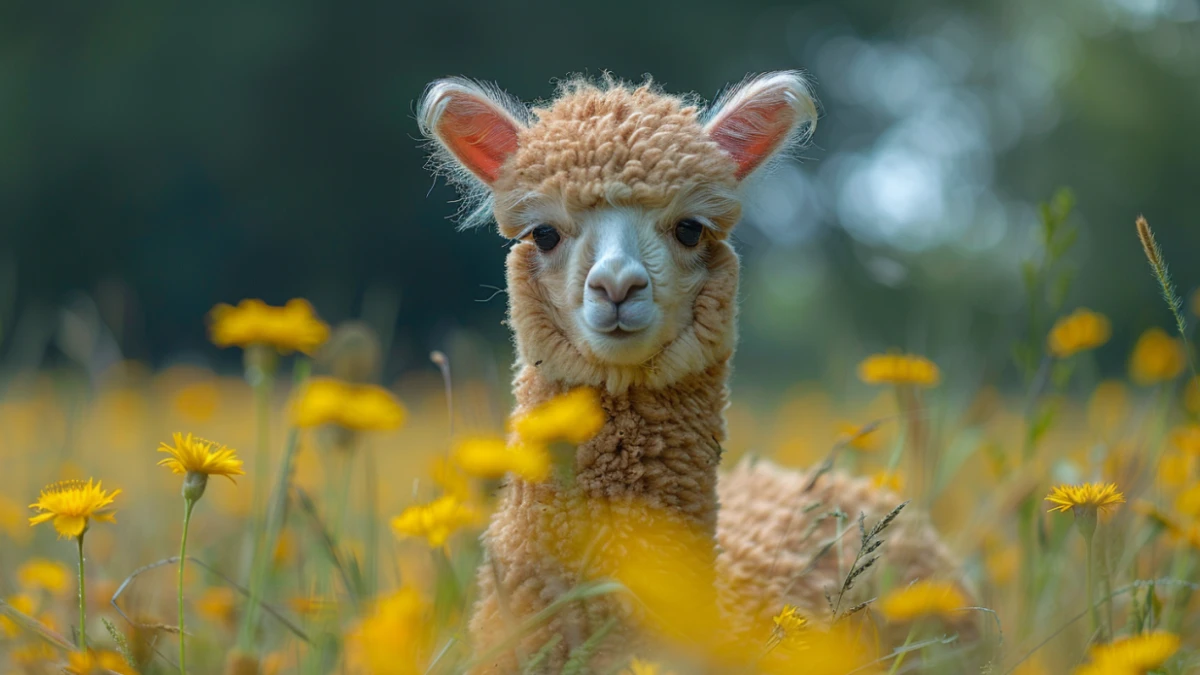
The alpaca, which belongs to the same family as dromedaries and llamas, has a long neck that can reach a length of three feet, or around one meter. Alpacas can detect predators from a distance and eat tree leaves because to this adaptability.
The longest alpaca neck ever measured is about 30 inches (76 cm), though neck length varies by breed and person.
1. Giraffe
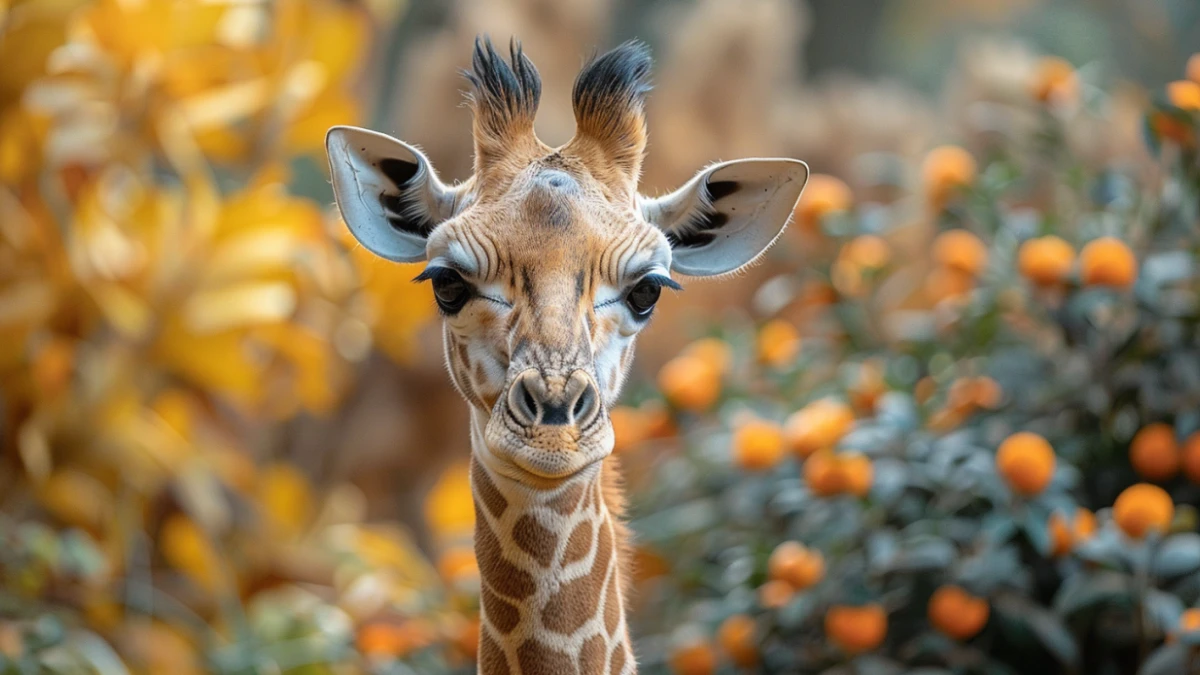
The tallest mammal on the planet is the African megaherbivore giraffe (Giraffa camelopardalis). The giraffe is distinguished by its long neck and legs; in the largest males, the neck alone can grow to a length of 2-3 meters, making it the longest of any living animal.
They may access food sources that other herbivores cannot because of their special adaptability.

